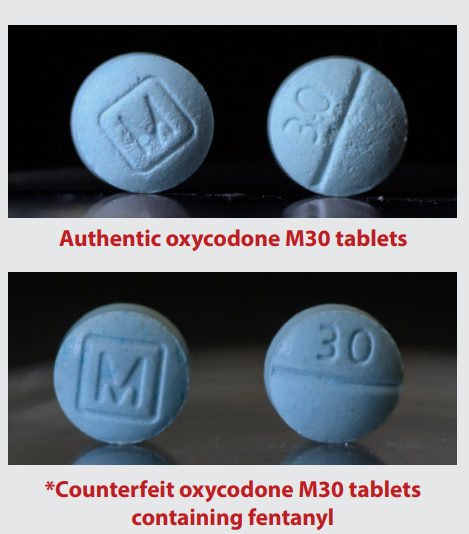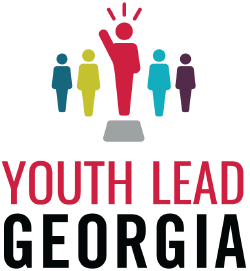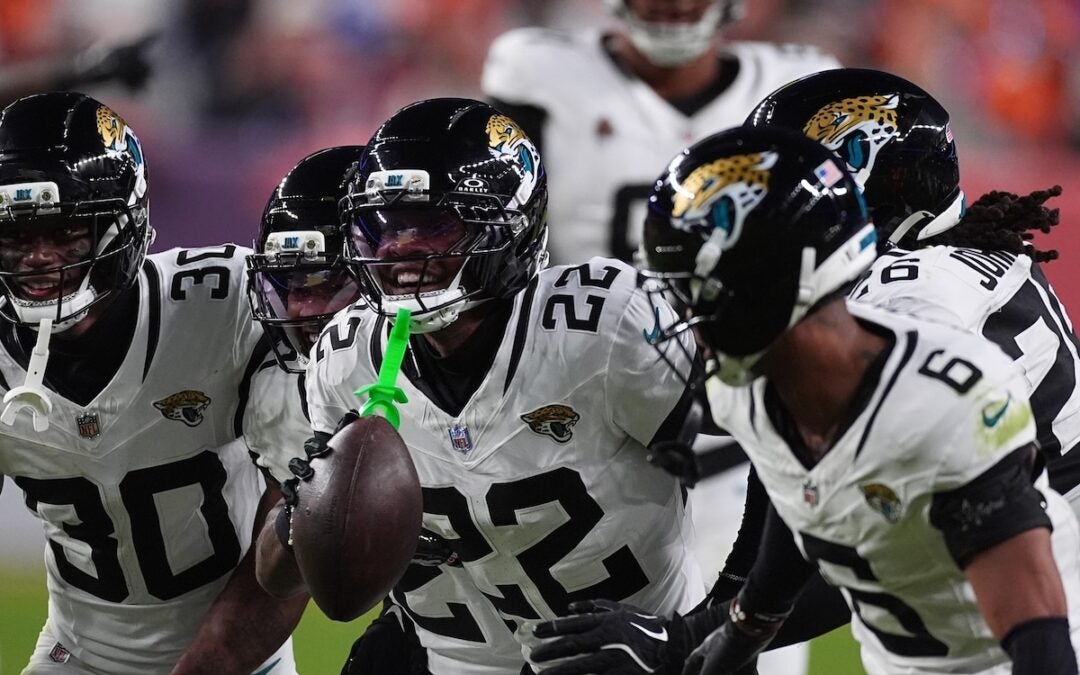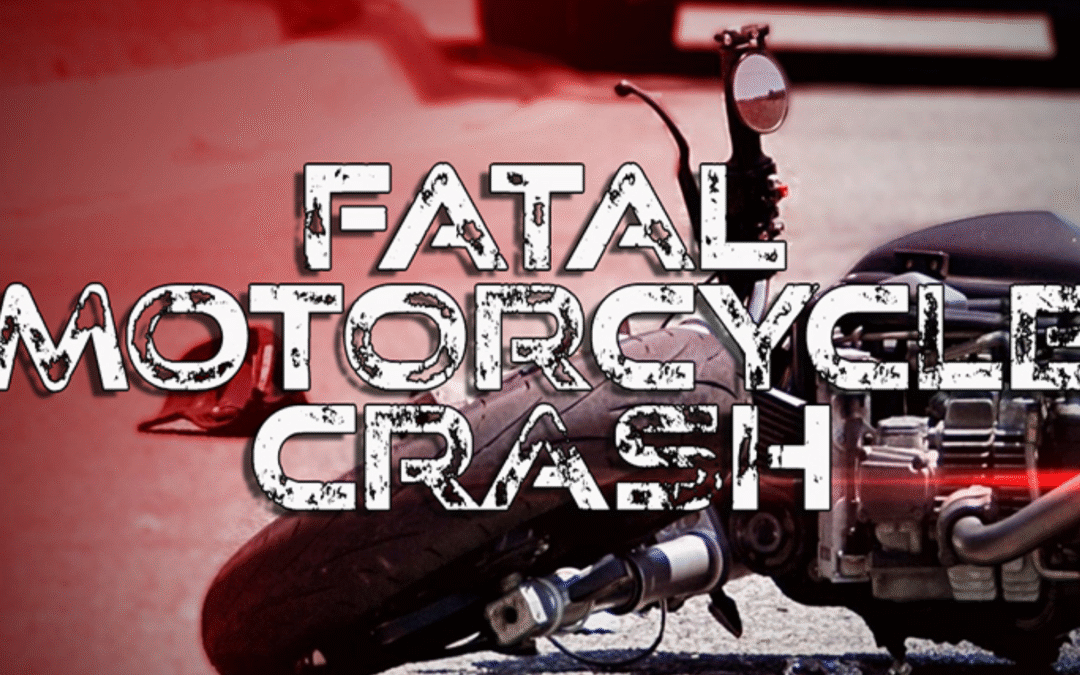DEA Administrator Ann Milgrim issued a public safety alert on Sept. 27 to bring awareness to an increase in fake prescription pills containing fentanyl and methamphetamine. These pills are easily accessible and contain deadly doses of fentanyl.
Fake prescriptions can be sold on social media platforms, which make them accessible to anyone with a device, including teenagers, according to a release from the DEA.

DEA officials warn that any pills purchased outside of a licensed pharmacy are illegal and dangerous.
Counterfeit pills often contain fentanyl and are more lethal than ever before. The number of DEA-seized counterfeit pills with fentanyl has jumped nearly 430% since 2019. Officials report a dramatic rise in the number of counterfeit pills containing at least 2mg of fentanyl, which is considered a deadly dose.
Drug traffickers are using fake pills to exploit the opioid crisis and prescription drug misuse. CDC reports more than 93,000 people died last year of an overdose in the U.S., the highest ever recorded. Fentanyl, the synthetic opioid most commonly found in counterfeit pills, is the primary driver in this alarming increase in overdose deaths.
Fake prescription pills have been found in all 50 states and the District of Columbia. Some counterfeit pills will look like prescribed opioids such as Oxycontin, Percocet, Xanax, Vicodin and Adderall.
According to the DEA, two out of every five pills containing fentanyl have a potentially lethal dose.
[adrotate banner=”15″]








